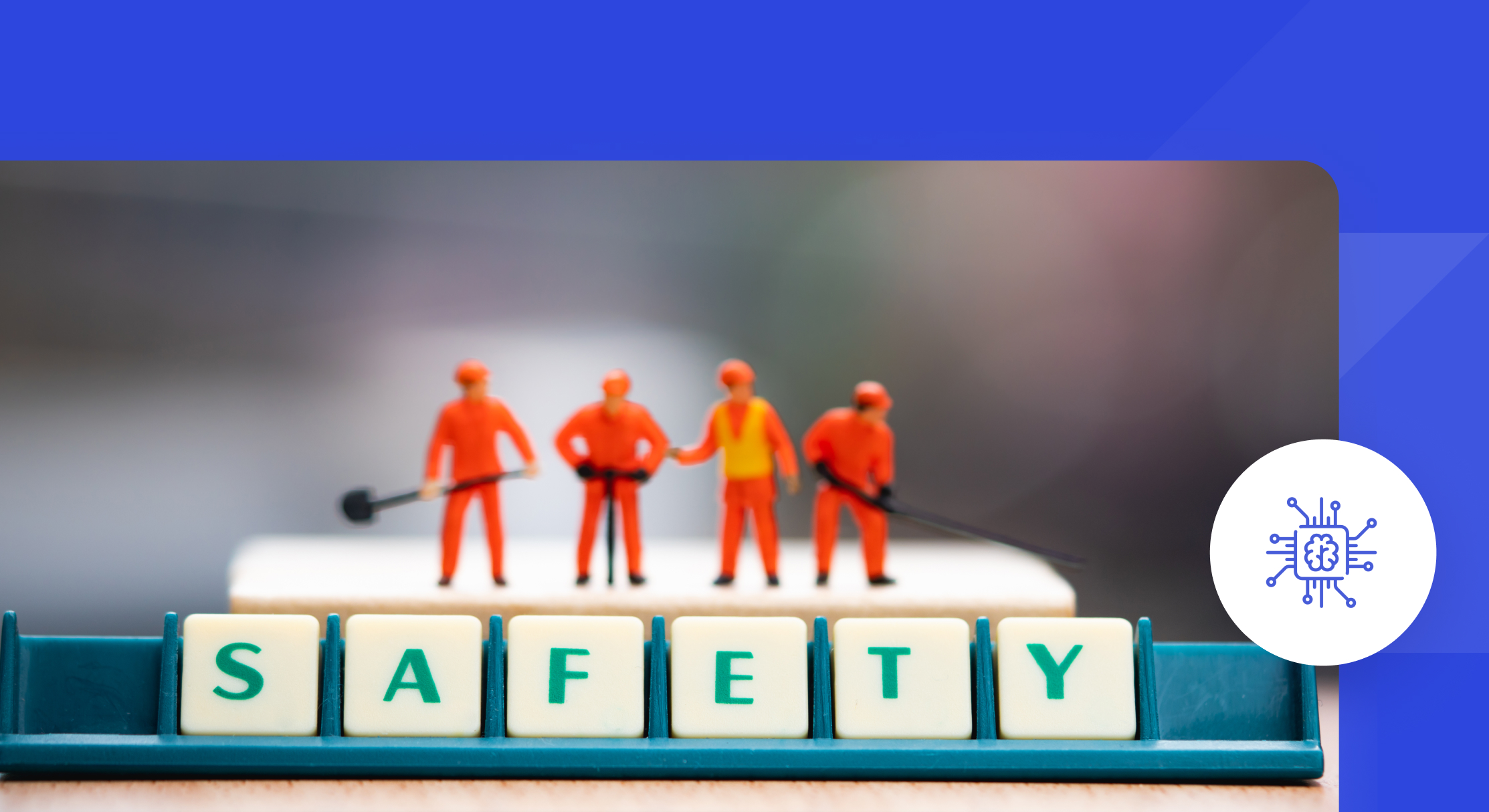

A safety culture encompasses the shared beliefs, values, and attitudes within an organization that prioritize safety in all operations. This collective mindset influences how safety is perceived, communicated, and implemented across the workplace.
A positive safety culture not only reduces accidents and injuries but also enhances employee morale and productivity. Achieving this requires unwavering leadership commitment, clear communication, and active employee engagement. Regular training and the establishment of comprehensive safety policies further reinforce a strong safety culture, ensuring that safety becomes an integral part of the organizational ethos
A robust leadership commitment to safety is essential for fostering a strong safety culture within an organization. Senior management must visibly prioritize safety by setting clear policies, modeling safe behaviors, and actively participating in safety initiatives.
Engaging safety professionals, supervisors, and safety committees in regular meetings ensures continuous improvement and reinforces a collective responsibility for safety. Implementing a comprehensive management system that integrates safety into all operational aspects further solidifies this commitment
Active employee engagement in safety is crucial for fostering a safe workplace. Encouraging employee participation in safety initiatives empowers workers to identify hazards and contribute to solutions, promoting a culture of safety.
Implementing behavioral safety initiatives, such as regular safety observations and feedback sessions, reinforces positive safety behaviors and reduces incidents. Recognizing and rewarding safe practices further motivates employees to maintain a safe work environment. Comprehensive training programs enhance awareness and commitment to workplace safety, leading to sustained behavioral change.
Effective safety communication strategies are vital for fostering a culture of safety within an organization. Implementing regular safety meetings and disseminating clear safety information ensures that all employees are informed about current safety policies and procedures.
Comprehensive safety training programs equip staff with the necessary skills to identify and mitigate potential hazards, promoting a safer work environment. Encouraging open dialogue about safety concerns and solutions further reinforces the organization's commitment to workplace safety
Implementing proactive safety measures is essential for fostering an effective safety culture within an organization. This involves conducting regular risk assessments, providing comprehensive employee training, and encouraging active participation in safety initiatives. Emphasizing continuous improvement allows organizations to adapt to evolving challenges, thereby enhancing overall safety outcomes.
Recognizing and rewarding safe behaviors further reinforces commitment to maintaining a safe workplace. By integrating these practices into daily operations, companies can significantly reduce workplace incidents and promote a culture of safety.
Effective risk assessment and management are essential for maintaining workplace safety and ensuring compliance with safety rules. This process involves systematically identifying potential hazards through regular workplace inspections and incident investigations. Once hazards are identified, assessing the associated risks allows organizations to implement appropriate control measures. Adhering to established safety compliance standards, such as those outlined in ISO 45001, ensures a structured approach to hazard identification and risk assessment.
Engaging employees in safety processes fosters a culture of safety accountability, where everyone shares responsibility for maintaining a safe work environment. Regular safety checks and continuous monitoring are vital to confirm the effectiveness of implemented controls and to identify areas for improvement. By integrating these practices, organizations can proactively manage workplace hazards and uphold their commitment to safety compliance
Implementing effective safety performance metrics is essential for organizations to evaluate and enhance their safety practices. These metrics, including incident rates and near misses, provide valuable insights into the effectiveness of safety programs and the overall safety culture within the company.
Utilizing robust incident reporting systems enables the systematic collection and analysis of safety data, facilitating informed decision-making and continuous improvement. Regularly assessing safety performance against established safety goals ensures alignment with organizational objectives and regulatory requirements
Conducting periodic safety culture assessments allows organizations to identify strengths and areas for improvement in their safety culture, fostering a proactive approach to safety management. By integrating these practices, companies can achieve a comprehensive understanding of their safety performance, leading to enhanced safety outcomes and a stronger safety culture
Integrating AI-powered safety culture initiatives enhances workplace safety by leveraging technology to identify hazards, monitor environments, and improve safety protocols. AI-driven systems can continuously monitor conditions such as temperature fluctuations, toxic gas emissions, or physical obstacles, alerting workers or triggering automated safety protocols in real time
Implementing a comprehensive safety management system (SMS) is crucial for systematically managing safety risks. An SMS provides a structured approach to managing safety risks with a focus on continuous improvement, aiming to improve safety by building on existing processes, demonstrating corporate due diligence, and reinforcing the overall safety culture
Utilizing safety information systems enables organizations to collect, analyze, and disseminate safety data effectively, facilitating informed decision-making and continuous improvement. These systems manage a wide range of data, including incident reports, safety training records, compliance data, equipment maintenance logs, emergency response plans, and employee safety performance metrics

This website stores data such as cookies to enable site functionality including analytics and personalization. By using this website, you automatically accept that we use cookies.